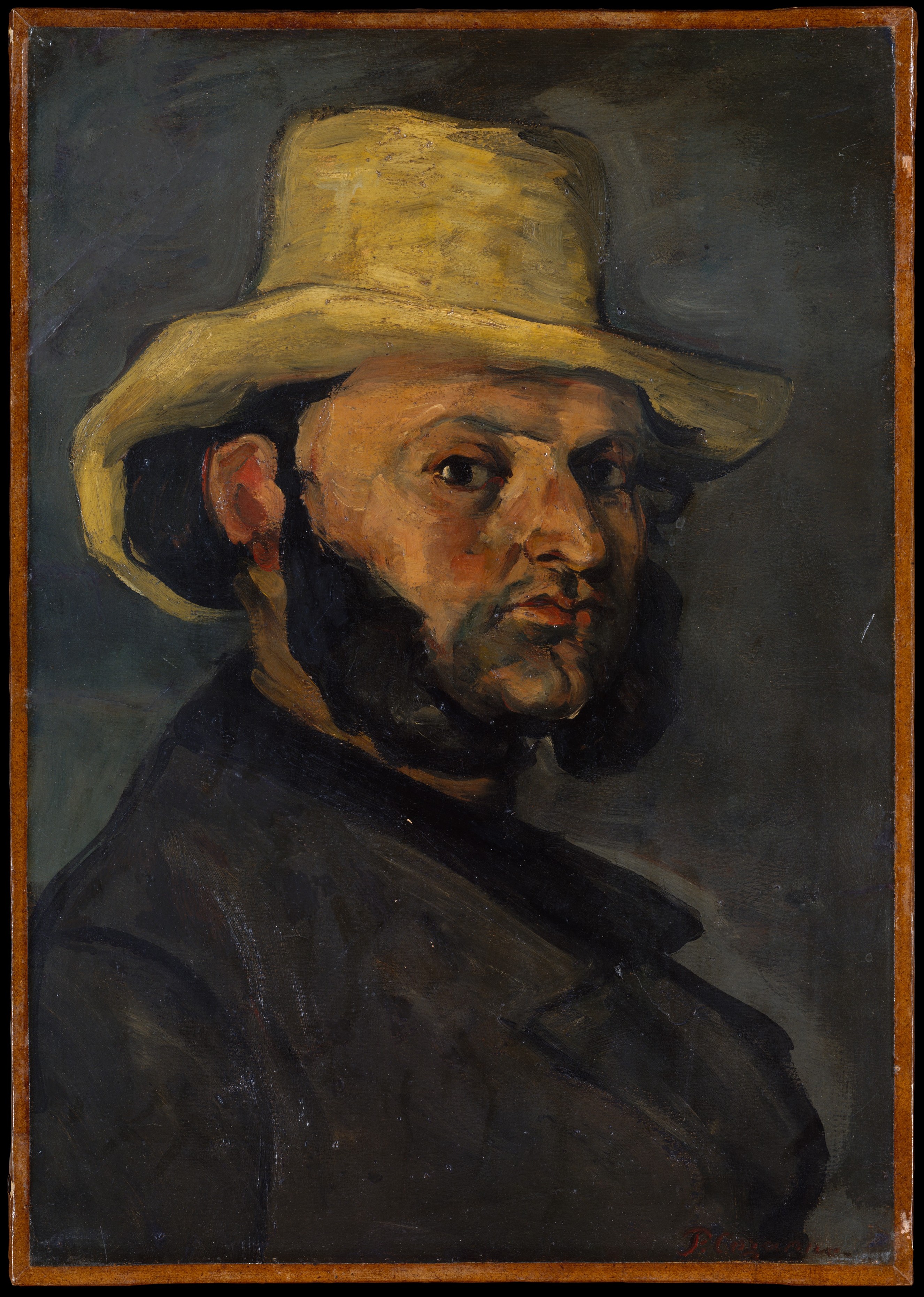
Paul Cézanne
In several of Vincent’s self-portraits the author is wearing a straw hat which can be interpreted as van Gogh being an artist for the working class. In addition to this, he also chose to illustrate himself wearing a working attire (Artchive, n.d). The straw hat is a timeless piece which has been around for many years. Its history is quite fascinating since it went from an accessory to protect the head from the sun in ancient Egypt to a popular hat among the wealthy in the 16th century (Canopea, n.d). Whereas by the 18th century, the straw hat signified high social status, in the 19th century it was mainly used by the working class. In particular, it was a great and affordable accessory for farmers and labourers who needed to protect their head from rain and sunlight (Canopea, n.d). It was also in this period that many painters included Vincent van Gogh, began to include the straw hat in many paintings. An instance of this is the ‘Man in a Straw Hat’ from Paul Cèzanne (Artchive, n.d).

“I look different nowadays, in so far as I no longer have either hair or beard, both being always shaved off close; further, my complexion has changed from green-grey pink to grey-orange, and I have a white suit instead of a blue one, and am always dusty, always more laden like a porcupine with sticks, easel, canvas, and other merchandise. Only the green eyes have remained the same, but another colour in the portrait, naturally, is a yellow straw hat like a grass-mower”